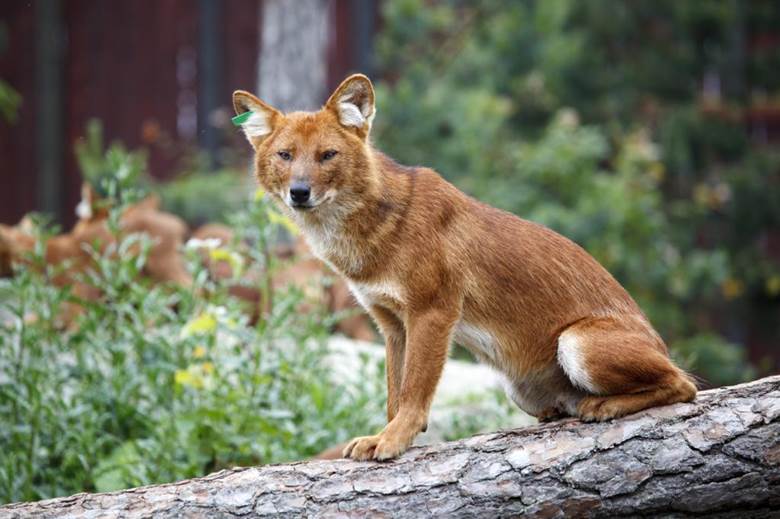Description

Copyright infringement not intended
Context: Numerous studies in the past have established that limited knowledge about the life history of endangered species is a common obstacle in addressing conservation challenges. One such enigmatic species under threat is the forest-dwelling, social canid of Indian forests — the dhole (Cuon alpinus).
Details:
- It is fundamental to delve into their feeding behaviour to determine how endangered predators may be affected by ecosystem changes and their role in regulating prey populations.
- For the endangered dhole, one of the primary reasons for the decline in the distributional range has been a decrease in the natural prey availability due to hunting, poaching and competition with livestock.
- Dholes are now limited to approximately 82 per cent of their global historical range and about 60 per cent of their original range in India.
- Although dholes were treated as vermin and persecuted across India during British rule, the country still holds the largest remaining dhole population in the world.
- Primarily spread across three landscapes — the Western Ghats, Central India and the North East — the dhole populations in the tropical semi-deciduous forests of central India form a critical stronghold for the specie

About Dhole:
- Native species of:Central, South, East, and Southeast Asia.
- Habitation and distribution:The dhole occurs in most of India south of the Ganges, particularly in the Central Indian Highlands and the Western and Eastern Ghats. It is also present in Arunachal Pradesh, Assam, Meghalaya, and West Bengal and in the Indo-Gangetic Plain's Terai region.
- Other names for the species:Asian wild dog, Asiatic wild dog, Indian wild dog, whistling dog, red dog, and mountain wolf.
- Conservation status:
- It is listed as Endangered on the IUCN Red List.
- CITES Appendix II
- protected under Schedule 2of the Wildlife Protection Act, 1972.
- Factors contributing to declining population:habitat loss, loss of prey, competition with other species, persecution due to livestock predation, and disease transfer from domestic dogs
https://www.downtoearth.org.in/blog/wildlife-biodiversity/what-s-on-the-menu-for-india-s-most-endangered-canid--84692












